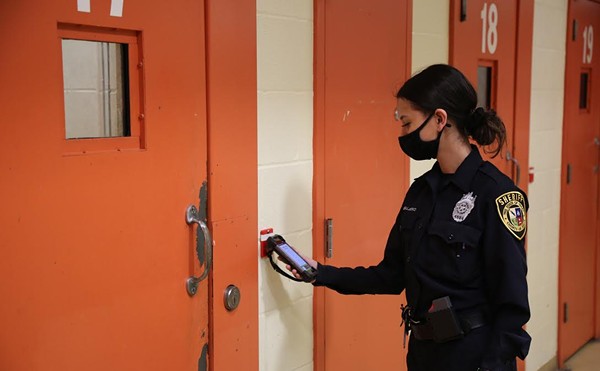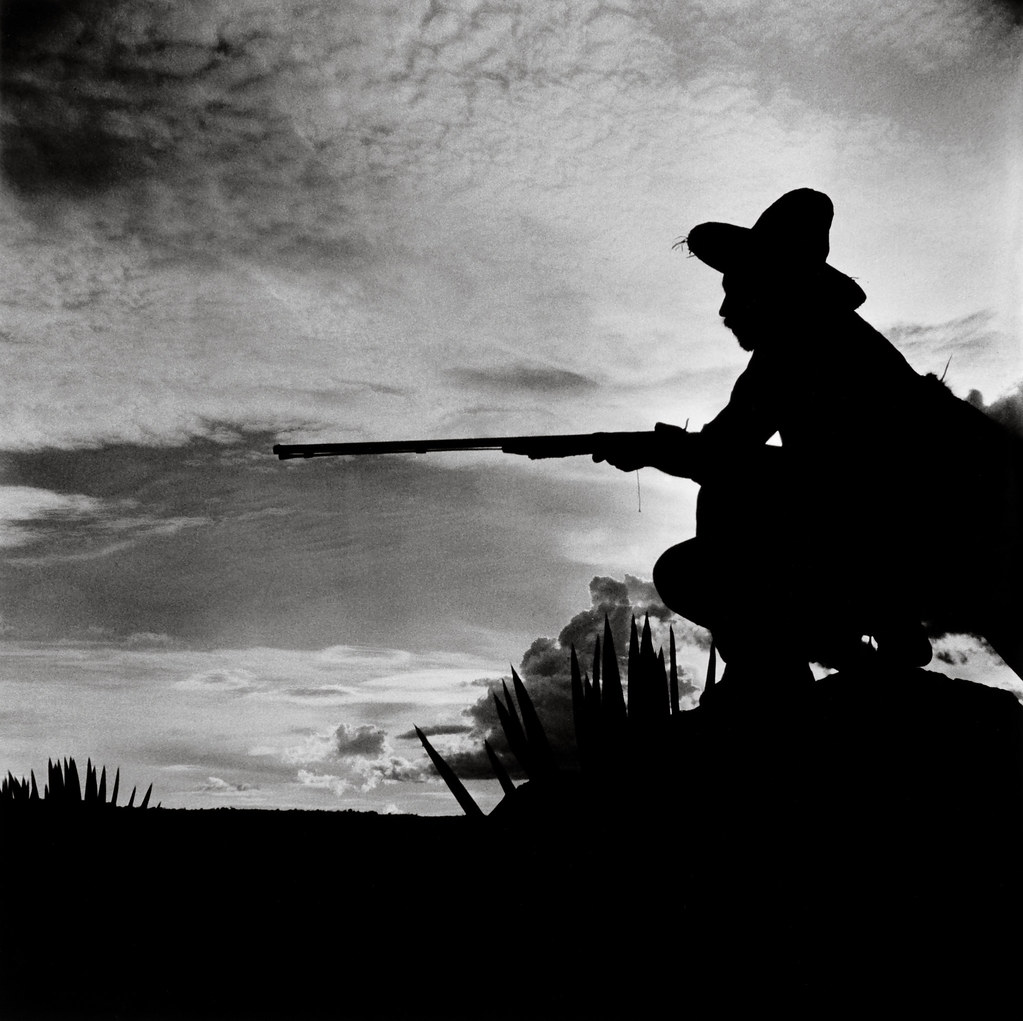
But the photos, and the photos alone, are the reason why no one should miss the stunning The Mexico of Leo Matiz, a Luis Martín Lozano-curated exhibit at the Instituto de México as part of FotoSeptiembre 2009.
It is a breathtaking collection of 40 black and white photographs that, in the words of Lozano, “captures the essence of Mexico: the diversity and dignity of its people, the love for the land and work, and the talent and creativity of its artists.”
Images of anonymous rural heroes like the “Mexican Quixote” are as powerful as candid shots of composer Agustín Lara, of muralist David Alfaro Siqueiros, and of cinematographer Gabriel Figueroa (all legendary masters in their respective arenas); it is a beauty and power of such magnitude that one feels immersed in the world of Luis Buñuel's Los Olvidados (1950), shot, not surprisingly, shortly after Matiz took these photographs. And yes, there is Frida, but you've got to see for yourself.

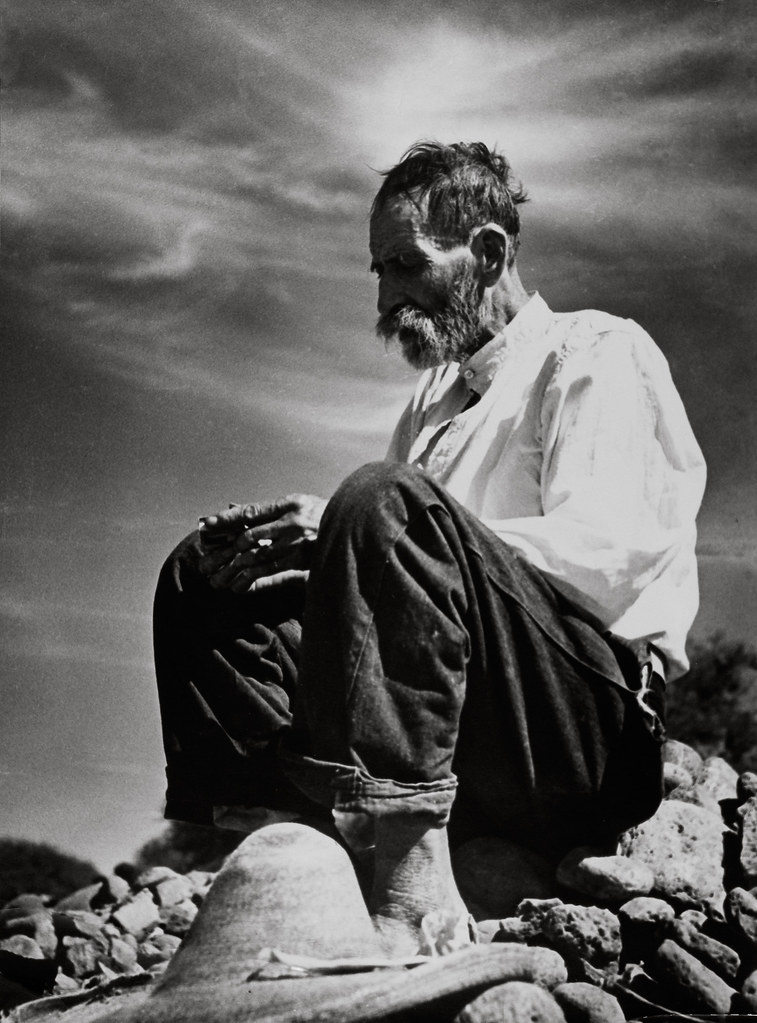
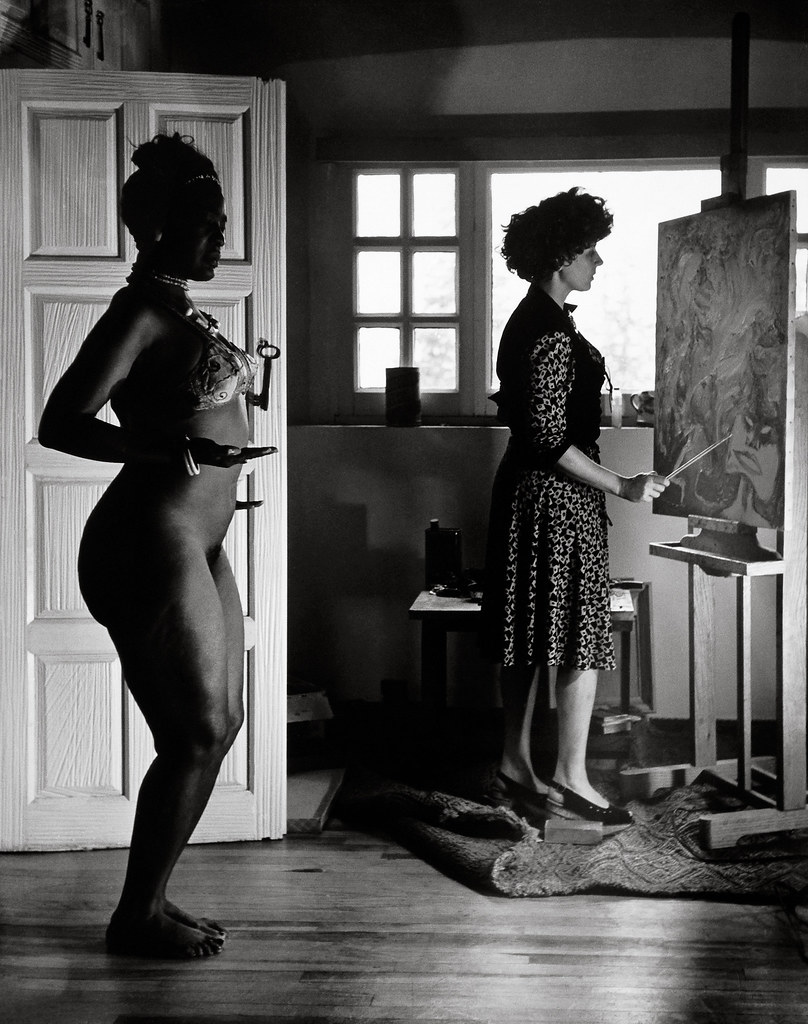
The latter, based on 30 period photos taken from Nuevo León's Fototeca archives, are a perfect companion and complement to Matiz's work. These are not just “old photos from Mexico"; it seems Mehl was extra careful in making sure we knew the names and details of the subjects we were looking at (a simple shot of a sitting kid in the early 1900s takes a whole different dimension when you read he's “The Telepathic Boy”). Even if it's just a name, and place, and a year, the information on most of the shots (needless to say, possessing that magical beauty seldom seen in digital photography) makes us care about and feel that we know these characters.
Call me old-fashioned, but it is refreshing to see exhibits where the curators have more concerns than just framing and hanging.
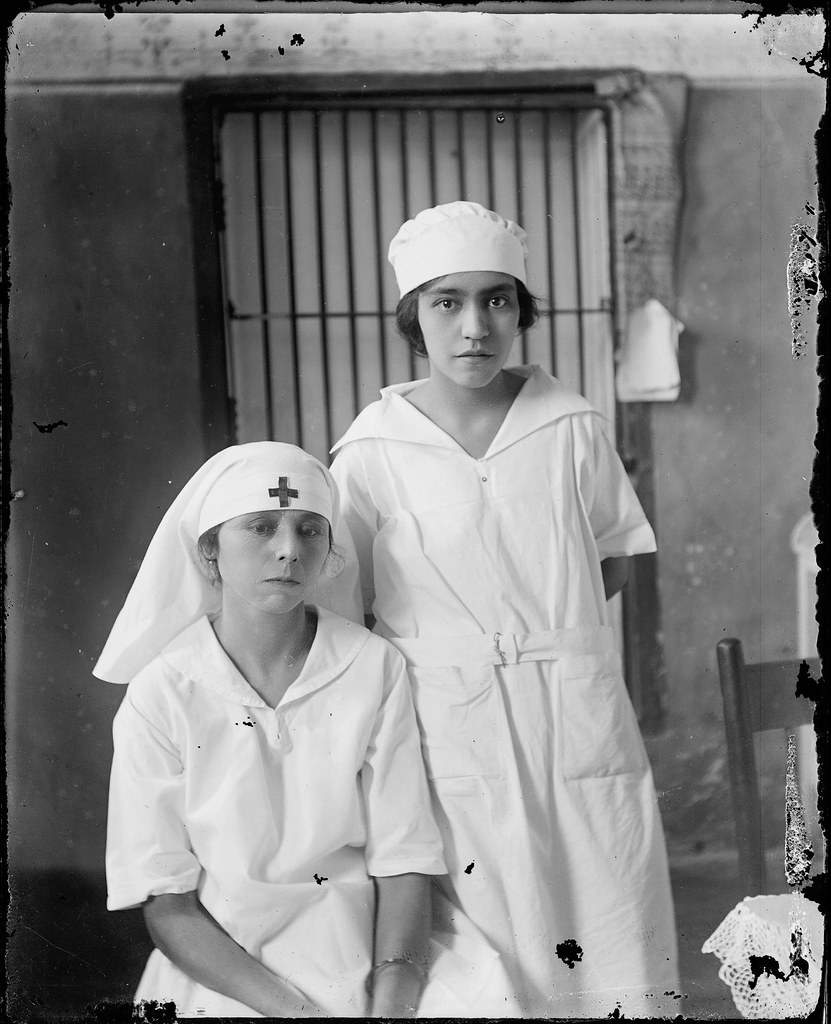
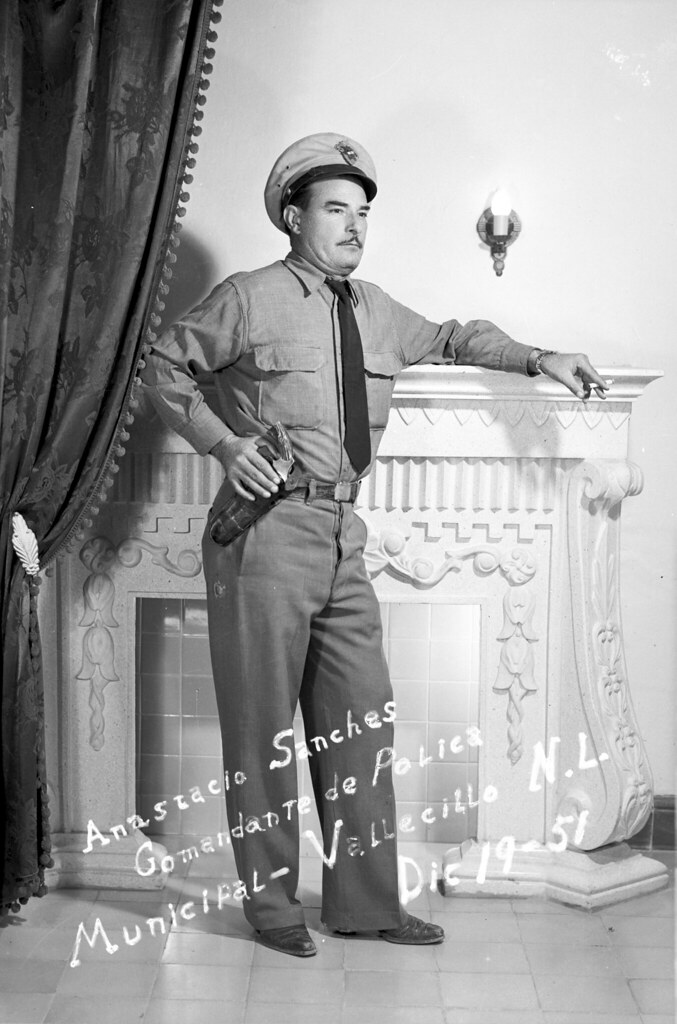

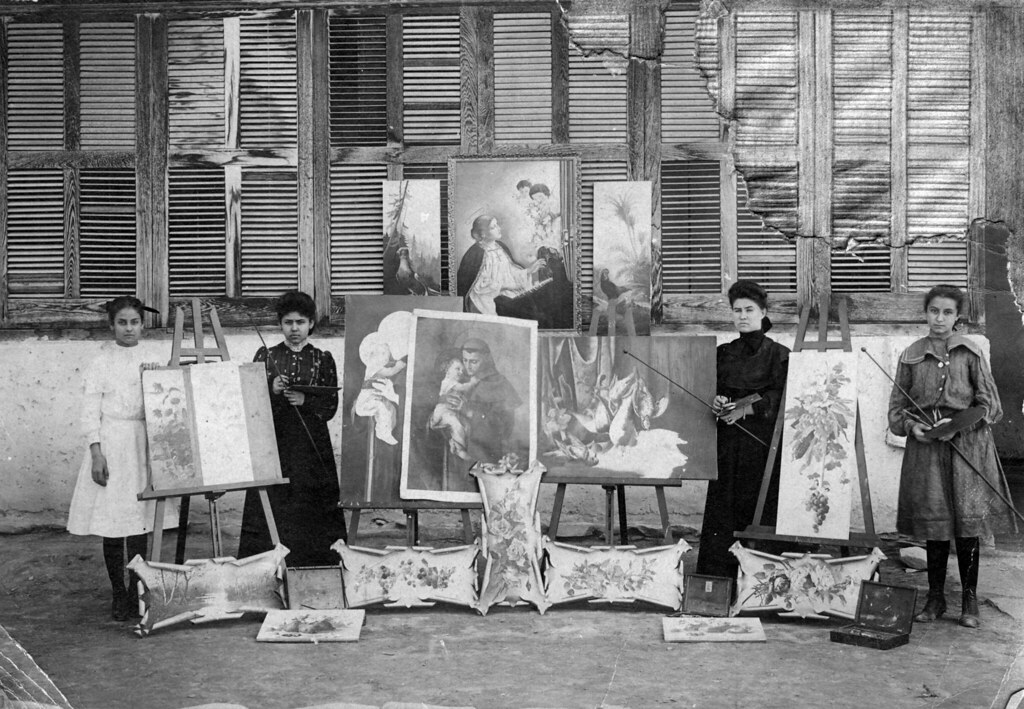
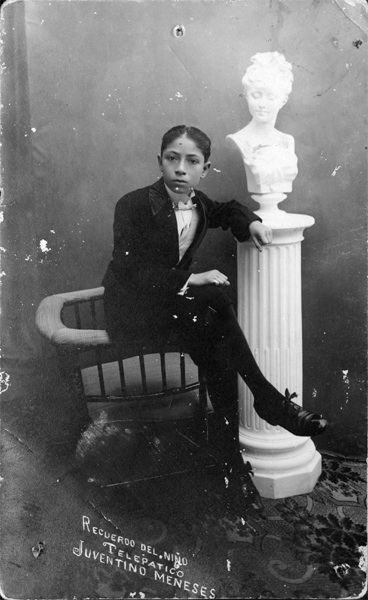
Juventino Meneses, "El niño telepático", 1915. (anonymous)







